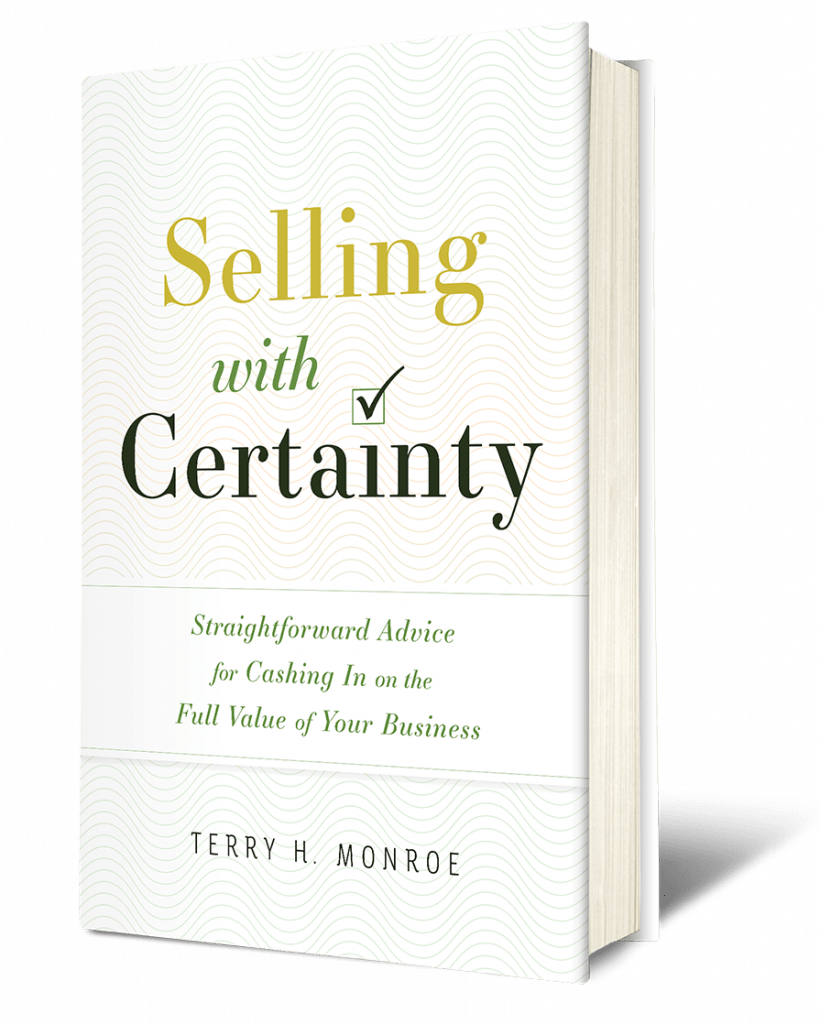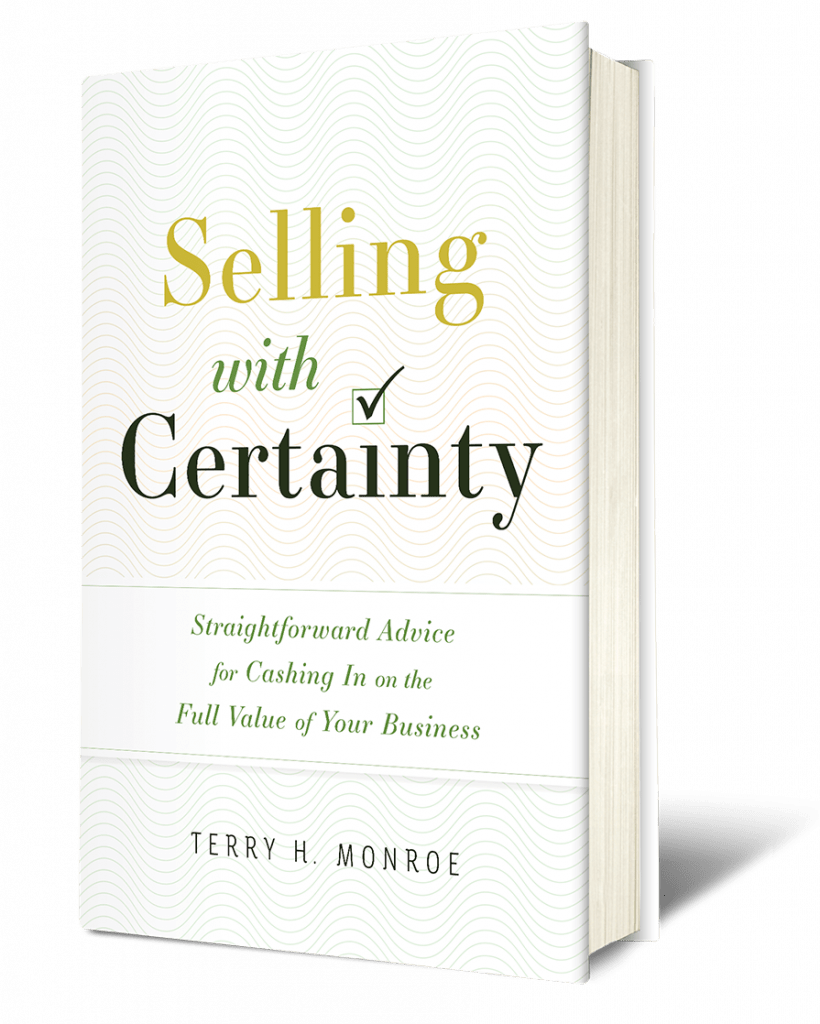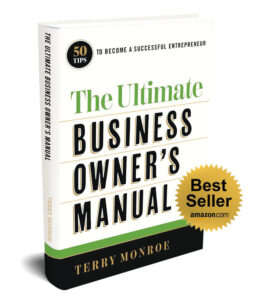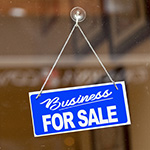(This article first appeared in the February, 2017 print edition of Professional Carwashing & Detailing. Click here for the  PDF version as it appeared in the magazine.)
PDF version as it appeared in the magazine.)
I must be the one of the luckiest people in the world. The reason I say this is because I am able to work in an industry that seems to have an endless future. Or as we say in business it is has a long horizon ahead of it. The business I am referring to is the convenience store business. Let me explain why I say this.
Over the years I have owned over 40 different businesses and as a business broker have sold over 500 businesses so I have been exposed to a lot of different businesses. And the majority of the 40 businesses I have owned are either out of business or no longer a viable business concept with the exception of a few and the convenience store business being one of the businesses that still manage to prosper. Also since I specialize in the sale of convenience stores I spend my time working with convenience store owners and operators and have become very intimate with the convenience store business.
And like the car wash business nobody is going to build an application for your phone to replace the convenience store. So why do I like the convenience store business so much and why do I think it is a great investment?
Well since I am a realist I will start with the basics. The convenience store is nothing more than a box. A building that is built like a box, but it just happens to be located either in the middle of a densely populated area or on a high traffic street or highway where lots of people pass by each day.
And inside this box or building we have retail inventory and services that appeal to people who either in a hurry or don’t want to invest the time to go into a Wal-Mart or a similar discount store. And since the convenience store is selling these items and services to people who are in a hurry, therefore they can charge a little more for these items to the customers and now you have a convenience store. Sounds simple doesn’t it. Well that is because the concept really is that simple and people and convenience store operators a lot of times try to make it difficult.
OK, now that I have given you my simplistic view of the convenience store business I will give you the statistical side of the business.
At the end of December 31, 2015 there were 154,195 convenience stores in the United States, which was a .09% increase over the previous year with 124,374 of the stores selling gasoline. Convenience stores account for 34.2% of all the retail outlets in the United States. And of the 154,195 convenience stores 63.1% or 97,359 are owned by single store operators. And the number of single store operators is growing. In 2015 there were 1,041 new single stores opened.
The convenience store industry itself has almost doubled over the past 30 years. From 1985 the industry grew from 90,900 convenience stores to 154,195 in 2015. A whopping increase of 63,295 stores.
And why do you ask has there been so much growth and why has the convenience store industry continued to be profitable? It is pretty simple if you look at the way people live now a days. We are a population who is always on the move with both the husband and wife working. Therefore, there isn’t as much time being spent at home as there is with people at work and hurting for time. This trend is being reflected in the convenience store industry with the introduction of more food service or prepared foods being sold within convenience stores to help facilitate the growing needs of their customer.
Convenience stores have gotten bigger in a lot of areas, but the core issue of the store has remained the same and will continue to remain the same and that is to provide products and services to their customers who are on the move. Even if a customer is driving an electric car there is still a need for the customer to stop and recharge the electric car battery and then use the restroom and purchase some ancillary products while they are waiting for the battery in the car to recharge.
So if convenience stores have a good growth record and continue the trend to grow how profitable are they? Great question. From my experience of owning a convenience store and reading hundreds of profit and loss statements for convenience stores I can assure you that a convenience store can be a very profitable business. We all know that we need traffic or lots of customers to make the business work, but with enough customers coming through the door based on the location of the store you can make some very good money in this business. Selling gasoline will average about 18 cents a gallon gross profit. Items such as tobacco products will average about 10% gross profit whereas prepared food products with have up to a 40% gross profit margin. And if you have a location where there is a lot of transient or interstate customer base you may want to sell some of the trash & trinket items you see a lot of the times on or near the checkout counter and these items will have a 100% mark up on them.
Now that we know that convenience stores are profitable let me share with you the different types of convenience stores and the best way for you to enter the convenience store business if you should so desire.
There are six different convenience store formats and they are:
- Kiosk; This format is less than 800 square feet and is intended to provide some additional revenue beyond gasoline sales. Gasoline is always the focus of this operation.
- Mini Convenience Store; This store format, usually 800 to 1,200 square feet in size is extremely popular with the oil companies and the emphasis is on gasoline sales. Grocery selection is usually very thin and foodservice beyond prepared sandwiches is non-existent.
- Limited Selection Convenience Store; These stores, which range from 1,500 to 2,200 square feet, are becoming more numerous. They differ from the “mini convenience store” with a broader product mix and grocery offering and will offer simple foodservice items like hot dogs, nachos, and popcorn, etc.
- Traditional Convenience Store; Most of the original convenience stores fall into this category. They are about 2,400 to 2,500 square feet in size and offer a product mix which includes dairy, bakery, snack foods, beverages, tobacco, grocery, health and beauty aids, confectionery, and perhaps prepared foods to go, fresh or frozen meats, gasoline, various services, and limited produce items.
- Expanded Convenience Store; Growth is occurring in the number of stores in the 2,800 to 3,600 square feet range. Such stores can accommodate more shelving for additional grocery products or room for significant fast food operations and seating. With the idea of moving towards increased fast foods. In terms of other products and services, such stores usually carry the traditional convenience store items.
- Hyper Convenience Store; These very large stores (4,000 to 5,000 square feet) usually offer an array of products and services arranged in departments. For example, such stores may offer variations such as a bakery, a sit-down restaurant area, or a pharmacy. The number of parking spaces is substantial, especially since the amount of time the average customer spends in such an establishment can be significant. Hours are extended. Families and senior citizens as well as traditional convenience store customers are patrons.
So what is the best way to get into the convenience store business. My suggestion is to purchase an existing convenience store. It has been my experience that it is a lot easier to purchase an ongoing business, which already has infrastructure in place with employees and is producing a cash flow even if it is a small cash flow rather than to start a new business from the ground up. I cannot stress this point enough having started dozens of business and purchased dozens of business there is no doubt the easiest and most profitable way to go is to buy an existing business, because generally if you are new to the business you are not going to know the ins and outs of the business and you will make a lot of mistakes and the goal here is to make the least amount of mistakes and create a positive cash flow and profits.










